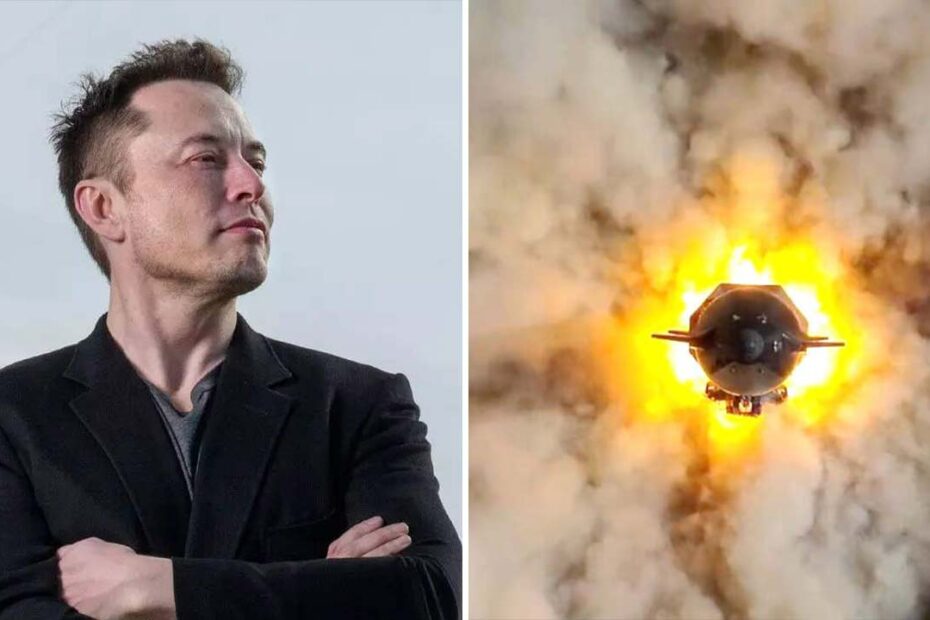The first orbital mission of SpaceX’s massive new Starship vehicle will basically be a coin flip, according to company founder and CEO Elon Musk.
Elon Musk said last week that Starship, which SpaceX plans to launch from a South Texas site next month, has about a 50% chance of succeeding on its first orbital test flight.
“I’m not saying it will get into orbit, but I’m guaranteeing excitement,” Musk said during an interview at a Morgan Stanley conference on March 7. “So, won’t be boring!”
SpaceX is developing Starship to carry people and cargo to the Moon and Mars, and perform many other spaceflight tasks. Musk said at the conference that the massive, stainless-steel vehicle would be the most powerful rocket ever to fly, producing about 2.5 times more thrust at liftoff than NASA’s iconic Saturn V.
And Starship is designed to be fully and rapidly reusable, which Musk sees as a key breakthrough needed to make Mars colonization and other ambitious exploration possible.
SpaceX is building several Starship vehicles at the South Texas site, which the company calls Starbase, and plans to launch them in relatively quick succession in the coming months.
“So I think we have about an 80% chance of getting into orbit this year,” Musk said in an interview on March 7. “It will probably take us a few more years to get to full and fast reusability.”
Elon Musk says SpaceX could launch a Starship to the Moon ‘probably sooner’ than 2024. SpaceX launches Starship SN 15 rocket and lands in high-altitude test flight
It’s not surprising that Musk would try to temper expectations ahead of Starship’s highly anticipated orbital debut. Rockets often fail on their first flight, as we saw with Japan’s new H3 launcher earlier this month and ABL Space Systems’ RS1 in January.
And we’ve heard similar words from Musk before: He prepared us all for it to crash and burn on the first liftoff attempt of SpaceX’s Falcon Heavy.
Elon Musk said of Heavy Back in July 2017, “I hope it gets far enough off the pad that the pad doesn’t suffer any damage. To be honest, I’d even consider that a win.”
The Falcon Heavy met those low expectations in February 2018 by successfully deploying Musk’s red Tesla Roadster, and its spacesuit-clad mannequin driver “Starman” into orbit around the Sun.
But the Falcon Heavy is basically a variant of SpaceX’s workhorse Falcon 9; It links together the three Falcon 9 first stages with the upper stage carrying the payload above the central booster. The Starship is a more complex, and novel, vehicle; For example, it employs 33 of SpaceX’s next-gen Raptor engines in its Super Heavy first stage and six Raptors in its upper stage.
Both the Falcon 9 and Falcon Heavy use SpaceX’s venerable Merlin engine. You’re going to want to tune in to the upcoming Starship orbital flight, whenever it happens and however it ends. It won’t be boring, Musk said.
@Space.com
